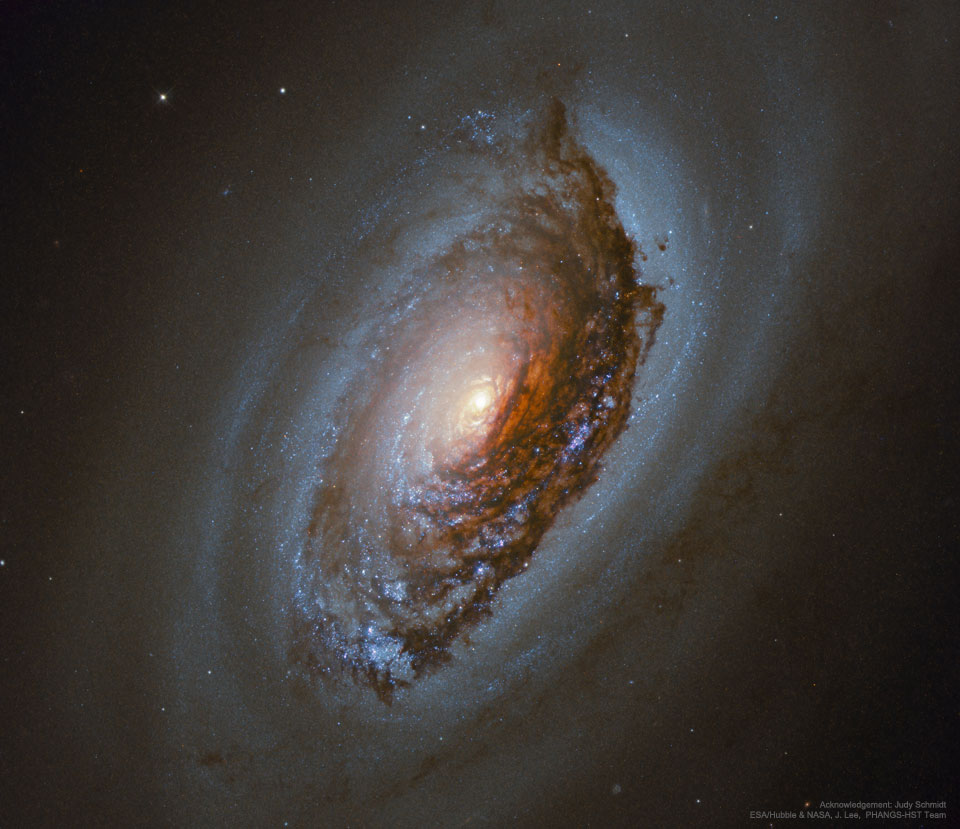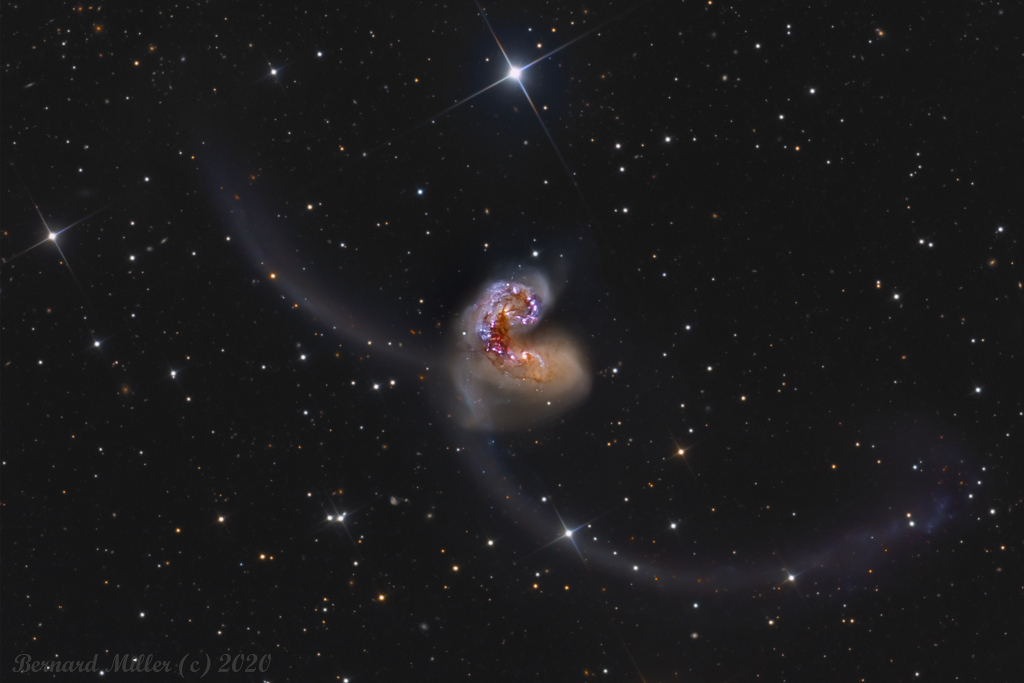Blog
Astrud Gilberto (Brazilian Portuguese: [aʃˈtɾud ʒiwˈbɛʁtu]; born Astrud Evangelina Weinert, March 29, 1940) is a Brazilian samba and bossa novasinger. She became popular in the 1960s after her performance of the song “The Girl from Ipanema“.
Astrud Gilberto was born Astrud Evangelina Weinert, the daughter of a Brazilian mother and a German father, in the state of Bahia, Brazil. She was raised in Rio de Janeiro. Her father was a language professor and she became fluent in several languages. She married João Gilberto in 1959 and had a son, João Marcelo Gilberto. She has another son from a second marriage, Gregory Lasorsa. Later she began a relationship with her husband’s musical collaborator, American jazz saxophone player Stan Getz. She emigrated to the United States in 1963, residing in the U.S. from that time. Astrud and João divorced in the mid-1960s.
more...John Lee Curtis “Sonny Boy” Williamson (March 30, 1914 – June 1, 1948) was an American blues harmonica player, singer and songwriter. He is often regarded as the pioneer of the blues harp as a solo instrument. He played on hundreds of recordings by many pre–World War II blues artists. Under his own name, he was one of the most recorded blues musicians of the 1930s and 1940s and is closely associated with Chicago producer Lester Melrose and Bluebird Records. His popular songs, original or adapted, include “Good Morning, School Girl“, “Sugar Mama“, “Early in the Morning“, and “Stop Breaking Down“.
Williamson’s harmonica style was a great influence on postwar performers. Later in his career, he was a mentor to many up-and-coming blues musicians who moved to Chicago, including Muddy Waters. In an attempt to capitalize on Williamson’s fame, Aleck “Rice” Miller began recording and performing as Sonny Boy Williamson in the early 1940s, and later, to distinguish the two, John Lee Williamson came to be known as Sonny Boy Williamson I or “the original Sonny Boy”.
Williamson was born in Madison County, Tennessee, near Jackson, in 1914. His original recordings are in the country blues style, but he soon demonstrated skill at making the harmonica a lead instrument for the blues and popularized it for the first time in a more urban blues setting. He has been called “the father of modern blues harp”. While in his teens he joined Yank Rachell and Sleepy John Estes, playing with them in Tennessee and Arkansas. In 1934 he settled in Chicago.
more...Messier 64, also known as the Evil Eye or Sleeping Beauty Galaxy, may seem to have evil in its eye because all of its stars rotate in the same direction as the interstellar gas in the galaxy’s central region, but in the opposite direction in the outer regions. Captured here in great detail by the Earth-orbiting Hubble Space Telescope, enormous dust clouds obscure the near-side of M64‘s central region, which are laced with the telltale reddish glow of hydrogen associated with star formation. M64 lies about 17 million light years away, meaning that the light we see from it today left when the last common ancestor between humans and chimpanzees roamed the Earth. The dusty eye and bizarre rotation are likely the result of a billion-year-old merger of two different galaxies.

Mory Kanté (29 March 1950 – 22 May 2020) was a Guinean vocalist and player of the kora harp. He was best known internationally for his 1987 hit song “Yé ké yé ké“, which reached number-one in Belgium, Finland, the Netherlands, and Spain. The album it came from, Akwaba Beach, was the best-selling African record of its time.
Kanté was born in Albadaria, French Guinea (a part of French West Africa at the time) on 29 March 1950. His father was El Hadj Djeli Fodé Kanté and his mother, Fatouma Kamissoko, was a singer. They were one of Guinea’s best known families of griot (hereditary) musicians. He was of mixed Malian and Guinean descent. After being brought up in the Mandinka griot tradition in Guinea, he was sent to Mali at the age of seven years – where he learned to play the kora, as well as important voice traditions, some of which are necessary to become a griot. As a Muslim, he integrated aspects of Islamic music in his work.
more...Michael Leonard Brecker (March 29, 1949 – January 13, 2007) was an American jazz saxophonist and composer. He was awarded 15 Grammy Awards as both performer and composer. He was awarded an Honorary Doctorate from Berklee College of Music in 2004,[3] and was inducted into the Down Beat Jazz Hall of Fame in 2007.
Michael Brecker was born in Philadelphia and raised in Cheltenham Township, a local suburb. Born and raised in a Jewish family, his father Bob (Bobby) was a lawyer who played jazz piano and his mother Sylvia was a portrait artist.[4] Michael Brecker was exposed to jazz at an early age by his father. He grew up as part of the generation of jazz musicians who saw rock music not as the enemy but as a viable musical option. Brecker began studying clarinet at age 6, then moved to alto saxophone in eighth grade, settling on the tenor saxophone as his primary instrument in his sophomore year.
more...Pearl Mae Bailey (March 29, 1918 – August 17, 1990) was an American actress and singer. After appearing in vaudeville she made her Broadway debut in St. Louis Woman in 1946. She won a Tony Award for the title role in the all-Black production of Hello, Dolly! in 1968. In 1986, she won a Daytime Emmy award for her performance as a fairy godmother in the ABC Afterschool Special, Cindy Eller: A Modern Fairy Tale.
Her rendition of “Takes Two to Tango” hit the top ten in 1952. She received the Screen Actors Guild Life Achievement Award in 1976 and the Presidential Medal of Freedom on October 17, 1988.
Bailey was born in Newport News, Virginia, United States, to the Reverend Joseph James and Ella Mae Ricks Bailey. She was raised in the Bloodfields neighborhood of Newport News, Virginia. She graduated from Booker T. Washington High School in nearby Norfolk, Virginia, the first city in the region to offer higher education for black students. Blues singer Ruth Brown from Portsmouth, Virginia was one of her classmates.
She made her stage-singing debut when she was 15 years old. Her brother Bill Bailey was beginning his own career as a tap dancer, and suggested she enter an amateur contest at the Pearl Theatre in Philadelphia. Bailey won and was offered $35 a week to perform there for two weeks. However, the theatre closed during her engagement and she was not paid. She later won a similar competition at Harlem‘s famous Apollo Theater and decided to pursue a career in entertainment.
more...More than 11,000 years ago, a massive, supergiant star came to the end of its life. The star’s core collapsed to form an incredibly dense ball of neutrons, and its exterior was blasted away in an immense release of energy astronomers call a supernova.
The light from this supernova first reached Earth from the direction of the constellation Cassiopeia around 1667 A.D. If anyone alive at the time saw it, they left no records. It is likely that large amounts of dust between the dying star and Earth dimmed the brightness of the explosion to the point that it was barely, if at all, visible to the unaided eye.
The remnant of this supernova was discovered in 1947 from its powerful radio emission. Listed as Cassiopeia A, it is one of the brightest radio sources in the whole sky. More recently, the Wide-field Infrared Survey Explorer (WISE), detected infrared echoes of the flash of light rippling outwards from the supernova.
In the image, the central bright cloud of dust is the blast wave moving through interstellar space heating up dust as it goes. The blast wave travels fast – at about 6% the speed of light. By the time WISE took this image, the blast wave has expanded out to about a distance of 21 light-years from the original explosion. The flash of light from the explosion, traveling at the speed of light, has covered well over 300 light-years. The orange-colored echoes further out from the central remnant are from interstellar dust that was heated by the supernova flash centuries after the original explosion.
The false colors in this image represent different wavelengths of infrared light, which is invisible to the human eye.

Paul Jackson (March 28, 1947 – March 18, 2021) was an American jazz electric bassist and composer. He was noted for being a founding member of the Headhunters. He played on several of Herbie Hancock’s albums, including Head Hunters and Thrust. Jackson subsequently moved to Japan and started a voluntary concert called Jazz for Kids, with the intent of familiarizing students there with African-American history.
Jackson was born in Oakland, California, on March 28, 1947. He was one of four children of Paul Sr. and Rosa Emanuel. His father was initially a heavyweight boxer, who subsequently worked as a contractor and was occasionally employed as a security guard at music venues. Jackson played piano and bassoon as a child, in addition to his primary instrument of bass, which he started playing when he was nine years old. At the age of 14, he performed with the Oakland Symphony Orchestra and went on to study at the San Francisco Conservatory of Music.
Jackson was a founding member of the Headhunters. The group was established in 1973 by Herbie Hancock, and also featured Bennie Maupin on saxophone and clarinet, Harvey Mason on drums, and Bill Summers playing percussion. Their first album, self-titled Head Hunters, was released that same year. It became the best-selling jazz album of all time when it was released,selling over a million copies (the first jazz album to do so) and peaking to number 13 on the Billboard 200 chart. Jackson co-wrote “Chameleon“, the album’s lead track that later became a jazz standard. He subsequently played on Thrust (1974), Man-Child (1975), and the live album Flood (1975). Another two albums were released by the group, but were performed and recorded without Hancock: Survival of the Fittest (1975) and Straight from the Gate (1977). In the former, Jackson co-wrote “God Make Me Funky” and sang its lead vocals. He went on to release his first solo album, Black Octopus, in 1978. It featured his bandmates Hancock and Maupin.
more...Vicente Montolíu Massana, better known as Tete Montoliu (28 March 1933 – 24 August 1997) was a jazz pianist from Catalonia, Spain. Born blind, he learnt Braille music at age seven. His styles varied from hard bop, through afro-cuban, world fusion, to post bop. He recorded with Lionel Hampton in 1956 and played with saxophonist Roland Kirk in 1963. He also worked with leading American jazz musicians who toured in, or relocated to Europe including Kenny Dorham, Dexter Gordon, Ben Webster, Lucky Thompson, and Anthony Braxton. Tete Montoliu recorded two albums in the US, and recorded for Enja, SteepleChase Records, and Soul Note in Europe.
more...Thaddeus Joseph Jones (March 28, 1923 – August 20, 1986) was an American jazz trumpeter, composer, and bandleader who has been called “one of the all-time greatest jazz trumpet soloists”.
Thad Jones was born in Pontiac, Michigan, on March 28, 1923, to Henry and Olivia Jones, a musical family of 10 (an older brother was pianist Hank Jones and a younger brother was drummer Elvin Jones). A self-taught musician, Thad began performing professionally at the age of 16. He served in U.S. Army bands during World War II (1943–46).
more...Some 60 million light-years away in the southerly constellation Corvus, two large galaxies are colliding. Stars in the two galaxies, cataloged as NGC 4038 and NGC 4039, very rarely collide in the course of the ponderous cataclysm that lasts for hundreds of millions of years. But the galaxies’ large clouds of molecular gas and dust often do, triggering furious episodes of star formationi near the center of the cosmic wreckage. Spanning over 500 thousand light-years, this stunning view also reveals new star clusters and matter flung far from the scene of the accident by gravitational tidal forces. The remarkably sharp ground-based image includes narrowband data that highlights the characteristic red glow of atomic hydrogen gas in star-forming regions. The suggestive overall visual appearance of the extended arcing structures gives the galaxy pair its popular name – The Antennae.

John Clyde Copeland (March 27, 1937 – July 3, 1997) was an American Texas blues guitarist and singer. In 1983, he was named Blues Entertainer of the Year by the Blues Foundation. He is the father of blues singer Shemekia Copeland.
In 2017, Copeland was posthumously inducted into the Blues Hall of Fame.
Copeland was born in Haynesville, Louisiana. Influenced by T-Bone Walker, he formed the Dukes of Rhythm in Houston, Texas, and made his recording debut in 1956, signing with Duke Records the following year. Although his early records met with little commercial success, he became a popular touring act over the next two decades.
His early recording career embraced blues, soul and rock and roll. He recorded singles for Mercury, Golden Eagle and All Boy, amongst others. His first single was “Rock ‘n’ Roll Lily”, and he later cut successes such as “Down on Bending Knees” and “Please Let Me Know”. For the most part, his singles featured Copeland as a vocalist more than a guitar player.
https://www.youtube.com/watch?v=BDzmVABo69E
more...Sarah Lois Vaughan (March 27, 1924 – April 3, 1990) was an American jazz singer.
Nicknamed “Sassy” and “The Divine One“, she won four Grammy Awards, including the Lifetime Achievement Award. She was given an NEA Jazz Masters Award in 1989. Critic Scott Yanow wrote that she had “one of the most wondrous voices of the 20th century”.
Vaughan was born in Newark, New Jersey, to Asbury “Jake” Vaughan, a carpenter by trade who played guitar and piano, and Ada Vaughan, a laundress who sang in the church choir, migrants from Virginia. The Vaughans lived in a house on Brunswick Street in Newark for Vaughan’s entire childhood. Jake was deeply religious. The family was active in New Mount Zion Baptist Church at 186 Thomas Street. Vaughan began piano lessons at the age of seven, sang in the church choir, and played piano for rehearsals and services.
more...
Benjamin Francis Webster (March 27, 1909 – September 20, 1973) was an American jazz tenor saxophonist. A native of Kansas City, Missouri he studied violin, learned how to play blues on the piano from Pete Johnson, and received saxophone lessons from Budd Johnson. He played with Lester Young in the Young Family Band. He recorded with Blanche Calloway and became a member of the Bennie Moten Orchestra with Count Basie, Hot Lips Page, and Walter Page. For the rest of the 1930s, he played in bands led by Willie Bryant, Benny Carter, Cab Calloway, Fletcher Henderson, Andy Kirk, and Teddy Wilson. He was a soloist with the Duke Ellington Orchestra in the 1940s, appearing on “Cotton Tail”. He considered Johnny Hodges, an alto saxophonist in the Ellington orchestra, a major influence on his playing.
Webster left the band in 1943 after an altercation during which he allegedly cut one of Ellington’s suits. Clark Terry said the departure was because Webster slapped Ellington. Webster worked on 52nd Street in New York City, where he recorded frequently as a leader and sideman. During this time he worked with Raymond Scott, John Kirby, Bill DeArango, Sid Catlett, Jay McShann, and Jimmy Witherspoon. For a few months in 1948, he returned briefly to Ellington’s orchestra.
more...More Posts
- Johnny “Big Moose” Walker Day
- Elmo Hope Day
- Shad Collins Day
- World Music with Eleftheria Arvanitaki
- Daily Roots with Israel Vibration
- The Cosmos with NGC 1187
- Reggie Workman Day
- Big Bill Broonzy Day
- World Music with Very Be Careful
- Daily Roots with Uwe Banton
- The Cosmos with M20
- Joe Chambers Day
- Clifton Chenier Day
- Johnny Smith Day
- World Music with Haig Yazdjian
- Daily Roots with Peter Tosh
- Your Community Band 6-24-18 2pm
- The Cosmos with NGC 7098
- Jeff Beck Day
- Lester Williams Day